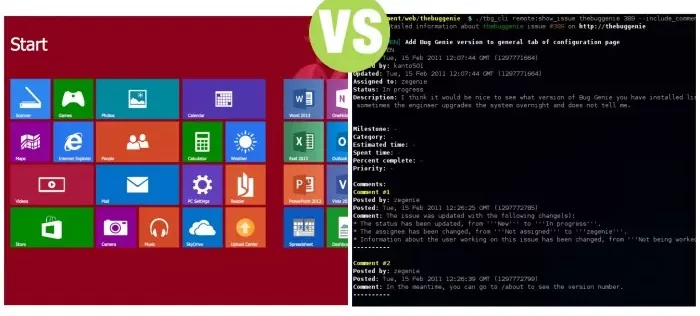Most smart devices such as computers, smartphones, TVs, or smartwatches need an operating system to work. That’s why many systems are constantly being born to serve many different purposes and platforms.
But do you know that most operating systems today are based on one of two platforms, Windows NT and Unix?
While Windows is already well known to us, Unix is a relatively unknown name, although it appears a lot in life.
Let’s learn about this system right in today’s article.
Definition
Unix is a multi-user operating system based on the C platform born in the 1960s-1970s in the same assembly language.
With its multitasking – multi-user feature, Unix can run multiple processes simultaneously and set up many different user accounts. Unix is also one of the Unix systems that pioneered the use of 64-bit instead of 32 or 16-bit.
In addition, Unix also provides users with a graphical interface (GUI) instead of simple command lines to make it simpler to use. However, due to the complex structure, software developers will need a lot of knowledge and skills to use Unix.
That is also why linux kernel is less popular, and we usually only have access to versions that have to be easier to use.
History of Unix
In 1960, three units, Massachusetts Institute of Technology, Bell Labs, and General Electric created a new system for the GE-645 server.
However, the combination of these three parties was not favorable, leading to many researchers leaving, and the plan had to be stopped.
Fortunately, scientists Ken Thompson and Dennis Ritchie have collected a few small advances in this failed research.

From there, the two continued to pursue a smaller study based on the previous project. And the result of this duo is the Unix system we know today.
Going through many changes, Unix gradually evolved from a single-tasking Unix operating system kernel with dozens of vulnerabilities to becoming the number one choice for many devices in the 1990s.
Today, servers, workstations, and appliances Modern mobile phones still use Unix as the primary system in controlling operations.
Structure of Unix
All the different versions of Unix share the same particular operating structure with four essential components:
Kernel
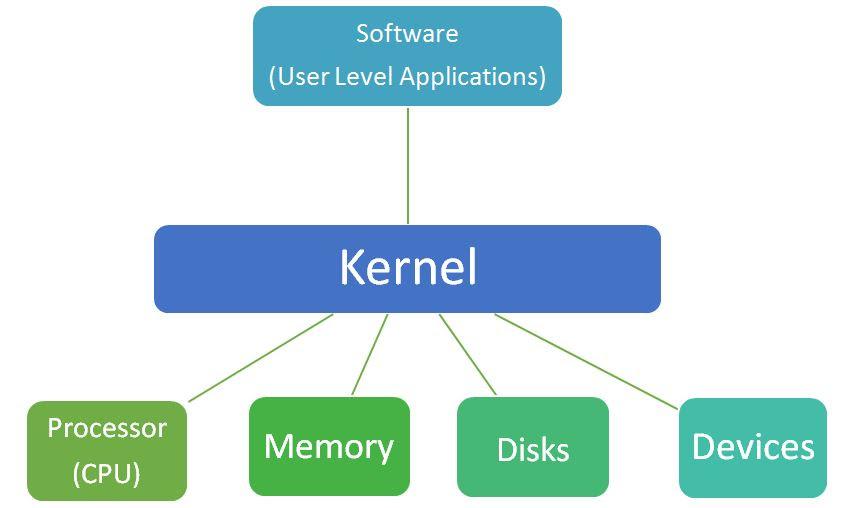
The Kernel is the deepest part of the Unix operating system; this position is responsible for directly interacting with signals from the hardware to perform many different tasks.
The most typical can be memory management, file management, task order processing. So people often compare the Kernel with the heart image, but instead of giving blood, it will be providing information to many other classes with shell scripts.
Shell
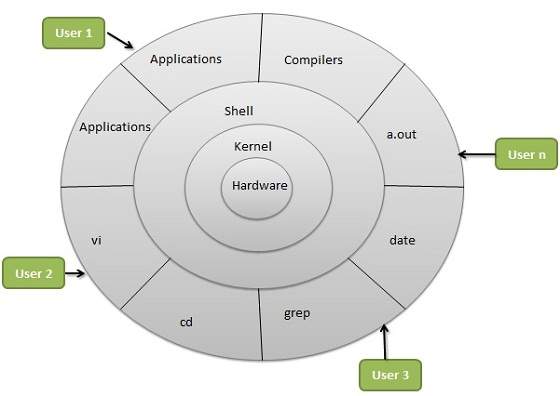
Shell is the layer adjacent to the Kernel. This location provides intermediate utilities to handle requests that you want to command the operating system to do.
Whenever we type a command into the terminal box, the utilities available in the shell will compile the knowledge into machine code and then transmit it to perform the assigned work.
C Shell, Bourne Shell, and Korn Shell are the best-known shells available in most versions of Unix.
Commands and Utilities
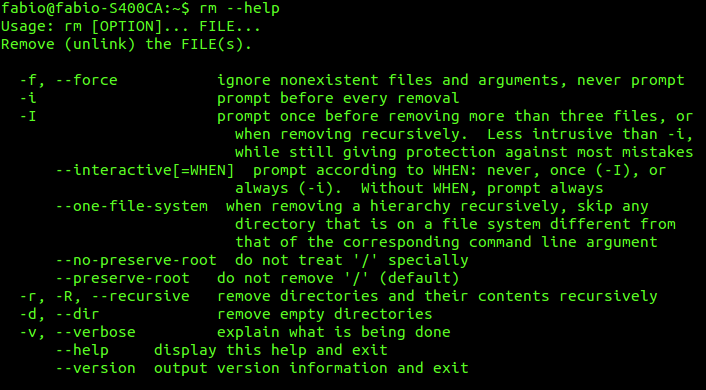
User inputting commands are the primary language of communication between us and the Unix operating system.
Instead of using machine code or complicated languages, you just need to remember the commands and control all Unix operating systems. There are over 250 standard commands plus some commands belonging to 3rd party software.
Files and folders
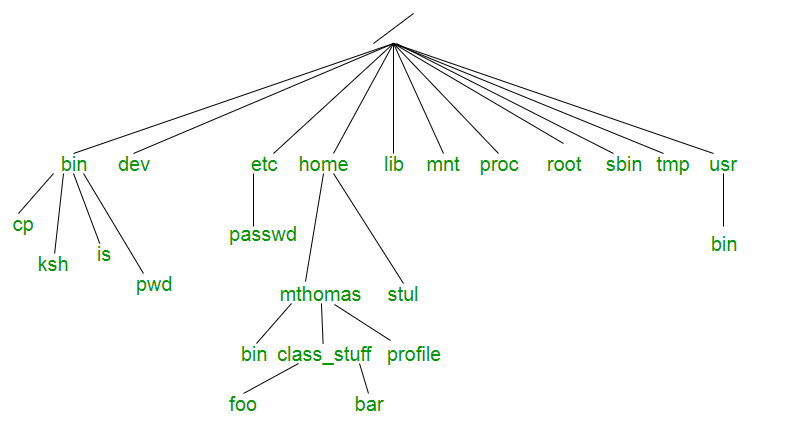
Unix uses files to store data, and those files are in different folders. The folders linked together will form a directory system for the operating system to access when needed.
Advantages & Disadvantages of Unix
We analyze the specific pros and cons of this operating system below, which may be the deciding factors for your choice.
Advantages
1. Offer full multitasking with protected memory.
Unix can handle multitasking under the control of many different users.
In other words, this operating system can coordinate processes that work in parallel without causing complex conflicts in command line interpreter.
Therefore, the possibility of failure or misoperation when many users or tasks with the same query decrease.
2. Use virtual memory very efficiently.
Virtual memory is a feature that all operating Unix systems have to help reduce the load on physical memory and enhance the performance of programs.
While many Unix like operating systems have poor visual memory layouts and practices, Unix does a great job in this regard.
So we don’t need to worry about the machine crashing when running heavy processes or multiple processes simultaneously.
3. Offer access controls and security.
Unix has many essential to advanced security features available to ensure the safety of our data. In addition to passwords, the system can also isolate data so that other users cannot query the content you manage.
4. Allow you to string utilities and commands together.
In Unix, we can use many features and many different controls in a particular order by stringing them together into a string. This ability usually doesn’t help much for general users but for system managers, which is excellent.
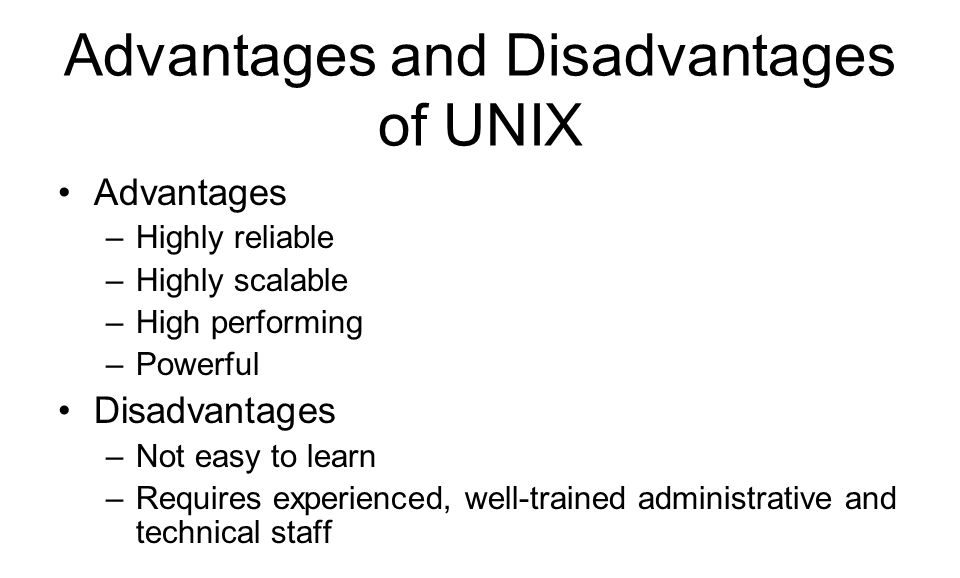
Disadvantages
1. Offer a hostile graphical user interface.
Although there is a graphical interface (GUI) available to support, Unix is still basically an operating system that is more command-oriented to use.
So it’s not too surprising that the system’s graphical user interface has a lousy design and is quite challenging to use.
2. Require users to understand all of the primary features.
You need to know how Unix user inputting commands work to use this operating system. Although the method of communication with Unix is not too complicated, it does not mean that everyone will quickly access it.
The Role of Unix in the Development of IT

A platform for multiple sub-OSs
From Unix systems for computers like linux kernel, Mac OS X to operating systems for mobile devices like Android, iOS, Chrome OS, and even Orbis OS on PlayStation 4 are all Unix-like.
Besides, Unix is the foundation for many other less popular other operating systems.
Advances in the directory system
Unix’s file-directory model epitomizes timeless design with exceptional performance yet extremely controllability. This Unix system also leads the way in the allocation of storage devices.
Help the following software developer
Unix was instrumental in the widespread modularization movement that made programming simpler.
Nor can we ignore the influence of Unix on command line interpreter and the impact of this operating system on the popularity of the TCP/IP protocol.
Conclusion
Unix is really a great operating system with many different advantages and significant contributions to the development of technology.
Although there are still many bad points, we believe that you will learn a lot when you get acquainted with Unix.
Unix is a worthwhile operating system for us to learn and use. With the above article, you can answer yourself the definition of Unix and related information.

